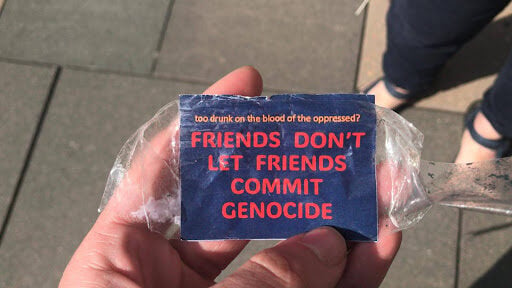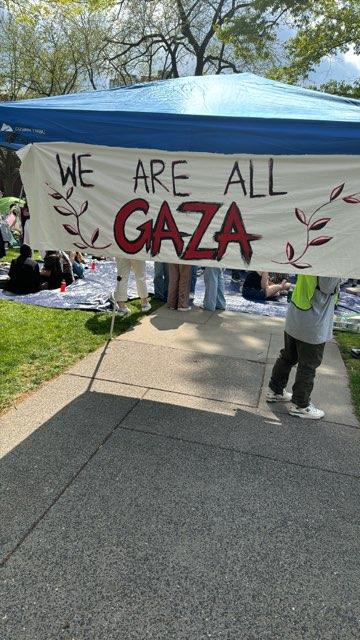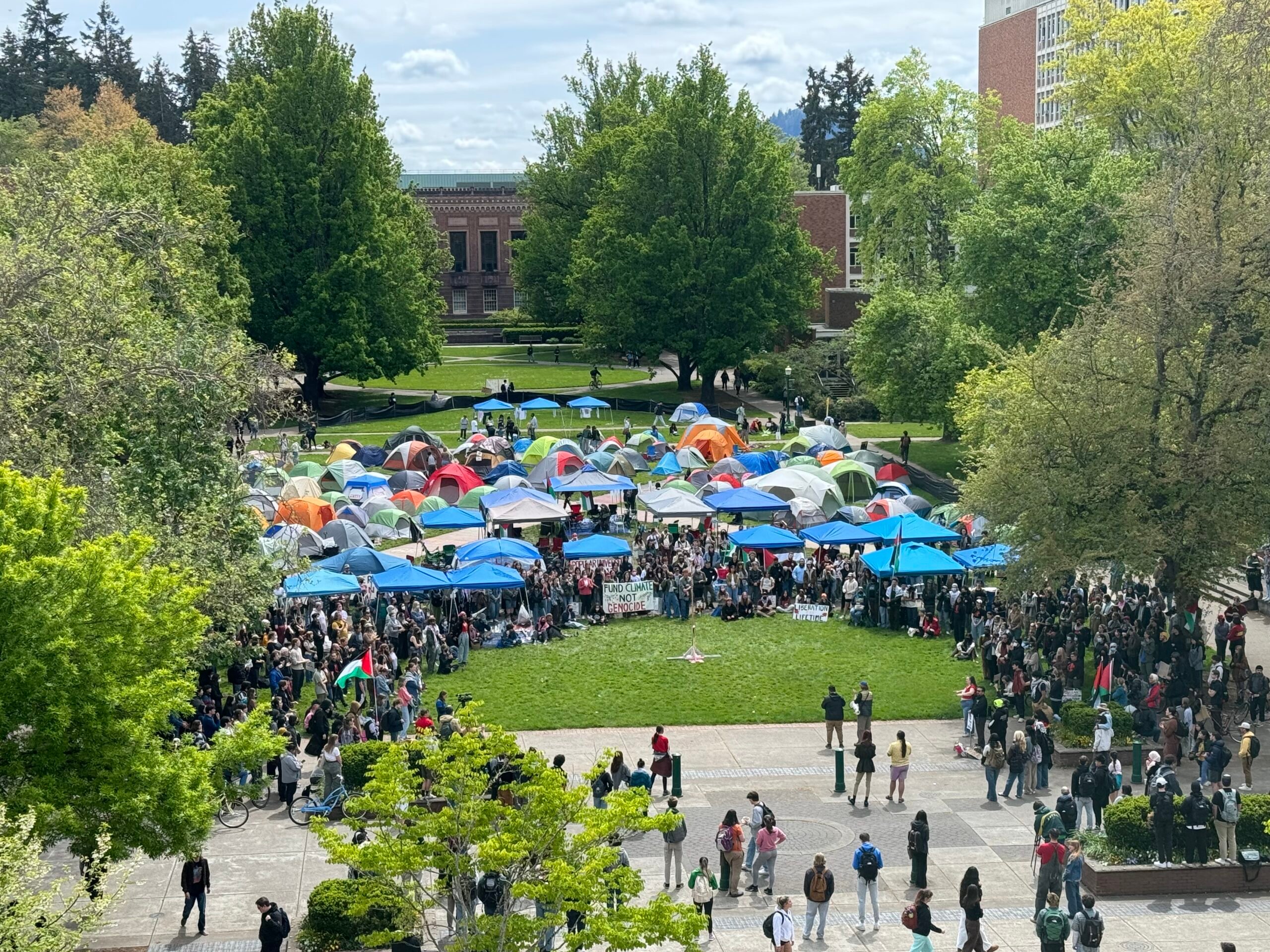
At a news conference on September 5 in Minsk, Belarus–which took place during the last day of the NATO summit meeting in Wales–Ukrainian government forces and pro-Russian separatists agreed to a cease-fire. How long this will last is uncertain as the proponents’ press remarks were far from conciliatory.
Aleksander Zakharchenko, prime minister of the self-proclaimed Donetsk People’s Republic said, “The cease-fire will allow us to save lives not only of peaceful citizens but of those people who with arms, fight for their ideals, goals, tasks. This does not mean that the cease-fire means that we will change our course…” said Igor Plotnitskiy, leader of the self-proclaimed Luhansk People’s Republic. He said the cease-fire was meant to stop the bloodshed.
Also in Wales, Ukraine’s President Petro Poroshenko said, “The trilateral group (the two separatist militias and the Ukraine) signed the protocol for the implementation of my peace plan. There are 12 practical steps for establishing peace and stability in part of the Donetsk and Luhansk region of Ukraine. With respect to the sovereignty, territorial integrity, and independence of Ukraine–as we said this is the key issue, the basis for finding a solution to the crisis in the east of Ukraine,” and he immediately ordered the military to declare a cease-fire.
The steps include an exchange of prisoners, amnesty for all who disarm and did not commit serious crimes, release of hostages, disbanding of militias, the establishment of a six-mile buffer zone along the Russian-Ukrainian boarder, joint patrols, abandonment of administrative buildings by separatists, allowing broadcasts from Ukraine to resume on local television, decentralization of power, allowing the use of the Russian language, early elections, a job-creation program, and executives (governors) put in control of each region who would be appointed after consultations with each region.
Prior to the NATO Summit, U.S. President Barak Obama spoke in Tallinn, Estonia where he met with President Toomas Hendrik Ilves. He said, “I announced a new initiative to bolster the American military presence here in Europe, including the Baltics, and we’re working with Congress to make sure that we deliver. …And we agree with our Estonian allies that an ideal location to host and support these exercises would be Amari Air Base here in Estonia.”
At the same time Russian President Vladimir V. Putin unveiled his own seven-point plan for peace: Militias should cease military advances in the Donetsk and Lugansk Regions; Pro-Kiev armed forces should withdraw to a distance that excludes the possibility of shelling settlements; implement full and objective international control over ceasefire observation and monitoring; exclude the use of combat aircraft against civilians and villages; prisoner/captive-exchange via an “all-in-all” formula without preconditions; humanitarian corridors for refugee movement and delivery of humanitarian aid across the Donetsk and Lugansk Regions, and direct repair-crew access to destroyed social and transit infrastructure.
Before the cease-fire was finalized, NATO Secretary General Anders Fogh Rasmussen said that while Putin was talking peace, “Russia has not made one single step to make peace possible. Instead of de-escalating the crisis, Russia has only deepened it.” He said what is happening in Ukraine has serious implications for the security and stability of the whole Euro-Atlantic area.
President Obama told those at the summit that Russia was not benefiting from its aggression in Crimea. “Russia is paying a price, capital is fleeing, foreign investment is plummeting… the Russian economy has slipped into recession. Its energy production–engine of the Russian economy–is expected to drop. Its credit rating is near junk status, the ruble just fell to an all- time low. In short, Russian’s actions in the Ukraine are weakening Russia…This week NATO must send an unmistakable message in support of Ukraine.”
Then Rasmussen announced “We have just agreed on a Readiness Action Plan to strengthen NATO’s collective defense. This is a demonstration of our solidarity and our resolve. …Today we agreed we will maintain continuous presence and activity in the air, on land and at sea in the Eastern part of the Alliance, on a rotational basis. We already have a NATO Response Force. This is a multinational force, which brings together land, air and maritime and special operation forces. It can be deployed anywhere in the world, for collective defense or crisis management.
“Today, we agreed to create what I would call a spearhead within our Response Force–a very high readiness force able to deploy at very short notice. This spearhead will include several thousand land troops, ready to deploy within a few days with air, seal and Special Forces support. Command and control presence will be established in the eastern borders of Allied territory including reception facilities, pre-position equipment, supplies and planners. “Step up intelligence sharing. Upgrade defense plans and hold more short-notice exercises so that we can deal swiftly and firmly with any threat. This decision sends a clear message: NATO protects all Allies, at all times. And it sends a clear message to any potential aggressor: should you even think of attacking one Ally, you will be facing the whole Alliance.”
Also part of the plan is to enhance cyber defense and make it part of NATO’s core task of collective defense.
One can only speculate on how these declarations influenced the signing of the trilateral cease-fire. Russia was not a party to the cease fire and just hours after its announcement, it was reported that an Estonian security officer had been abducted and detained at gunpoint while on duty in southeastern Estonia, on the Russian border, allegedly by Russian nationals.
Russian Federal Security Services, FSB said that the officer was detained in Russian territory and was part of a counter-espionage operation. He was carrying a Taurus pistol, 5,000 Euros, hidden recording equipment and a document, “that appeared to be an espionage assignment.”
While war drums are banging, swords are rattling and NATO is building up the arms of all its membership and allies.
At the same time, the Jewish Agency reports that global aliyah is up 55 percent due largely to increased immigration from France and the Ukraine. In the first five months of 2014, 1,587 Jews immigrated to Israel from Ukraine compared to 684 during the same period last year.
Those numbers increase daily as Jews have been fleeing the increased antisemitism and the fighting between the Ukrainian military and pro-Russian separatists and finding some refuge at a new Jewish Agency center which opened up in Dnipropetrovsk, southeast of Kiev.
By Anne Phyllis Pinzow













